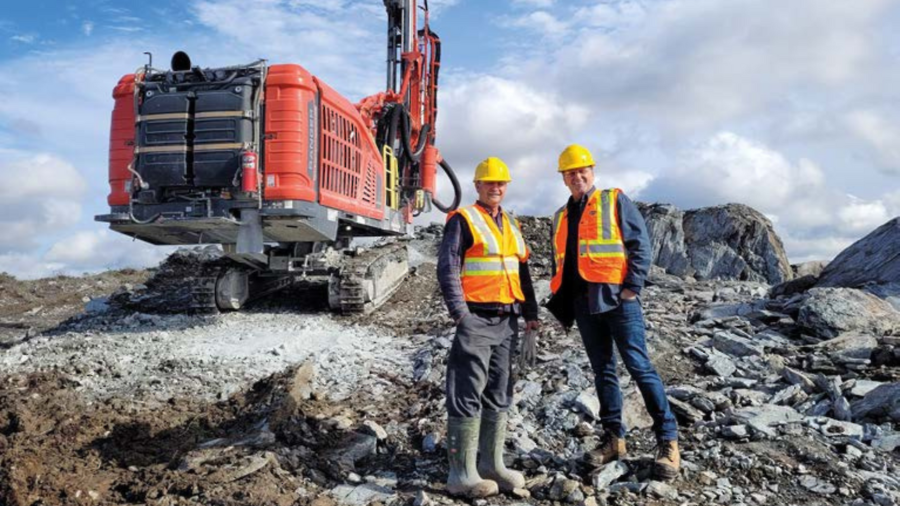Regulatory Permitting: Exploration to mine development


The issue of permits has become a major obstacle in the advancement of many resource projects. No permits lead to “no investment,” which leads to negative economic impacts such as “no jobs, no government revenues, no benefits for Indigenous groups, and no value supply chain.”
Permit problems
- Delay(s) of permits leads to investment flight to other countries;
- Redundant and overlapping regulations leads to inefficiency;
- Redundant and overlapping government ministries/departments/bureaucrats lead to decreasing productivity commonly known as the bureaucratic paralysis syndrome; and
- The precautionary principle that is commonly used to evaluate impacts can be also used as a virtual veto creating barriers to issuing of permits.
Concerns
- Bureaucratic job security can become an issue (delaying a permit and/or continuously finding faults in proposals and/or adding more levels of additional work can be seen as a job security consequence).
- Foreign and domestic environmental, community, and Indigenous groups may try to delay permitting through legal challenges and injunctions with the goal to delay or stop resource development. If such challenges and injunctions are not successful, then project stakeholders will have the right to sue for costs of delays.
Practical solutions
- Eliminate redundant and overlapping regulations and reduce overlapping regulatory governmental ministry/departments to increase productivity.
- Investors and project owners have the right to ascertain the potential conflict of interest within the various levels of government who become involved in the permitting process which can become an issue if the permit(s) are contested in court.
- First Nations can issue permits after specific governmental timelines have passed for issuance of various permits.
- Resource development requires certainty of the timely issuance of permits to ensure continuous flow of project capital. Government(s) can be sued after 180 days if no permits are offered after specific governmental timelines have passed. Investment dollars have a right to be included as lost revenue to the investor which can often result in bankruptcy.
- Resource related revenues should be tied directly to community beneficial programs and relevant expenditures within government(s). If the government has no “skin in the game,” then its revenue source(s) become non-existent. Thus, No perceived benefits to the voters.
Financing solutions
- A fresh look at critical mineral mining — processing investment.
- Several associations have mentioned government(s) should provide money/loans/subsidies to First Nations to enhance resource development. This must be linked to the timely issuing of permits.
Timely issuing of permit allows investments, which create new mine development and benefits, elevating the return to government and to society, making both investing and mining more sustainable. 
Bruce Downing, M.Sc., P. Geo., FGC, FEC (hon.) is an independent mining expert.





Comments